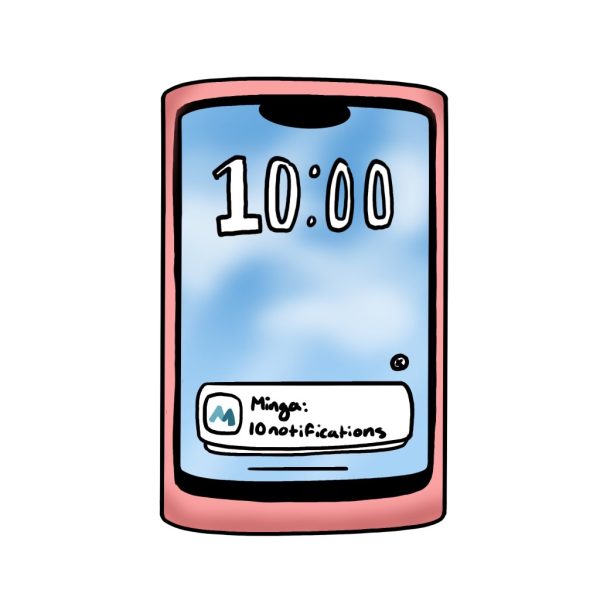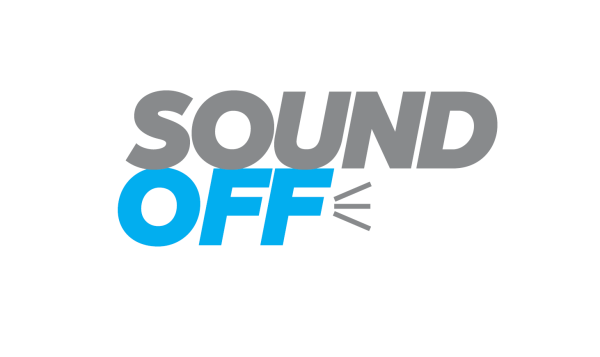The Death of Cable?

photo by Bryson Turner
Freshmen Tatianna Ramos and Skyler Matulis watch That 70s Show on Matulis’ phone’s Netflix app. Ramos and her family dropped Bright House Networks for Chromecast a month prior.
From streaming companies such as Netflix, Hulu, Crackle to digital media players such as Apple TV, Sling TV and Chromecast, the status quo has changed for television, which poses the question: is cable dying?
Fortune 500 that projects 21.9 percent of U.S. households will be cable free by the end of 2016, a 1.5 percent increase from the mark set the previous year. Known as ‘cord-cutters,’ these are people that cancel their cable television subscription in favor of an alternative Internet-based or wireless service, such as Netflix, Hulu or Crackle.
These online streaming services can be accessed in many ways, but the one that freshman Tatianna Ramos’ family uses is Google’s Chromecast, which has the ability to be plugged into a compatible high-definition television. This allows users to stream Netflix, YouTube or Google Play apps directly from a phone or laptop.
“I can stream my phone onto my TV and then [still] use my phone for homework. It’s easy,” Ramos said.
The Ramos family gave up a cable bill that cost over $100 a month for a Netflix subscription of $10 a month and a Chromecast system whose latest model sells for $69.
These savings are one of the main reasons why junior Zachary Armstrong and his family dropped DirecTV in favor of exclusively streaming Netflix, but Armstrong does not find too much of a difference.
“Netflix [is] pretty much the same [as cable], they have the same shows and movies DirecTV plays,” Armstrong said.
However, unlike the Ramos family, the Armstrongs watch their programs on an LG Smart TV. Smart televisions integrate the use of the internet into their features, which can allow users to stream online providers like Netflix, Hulu, etc.
Though finances are a major reason why people cut the cord, another is the inconvenience of having to wait for a program to air on cable TV, a wait that could last a week per episode. On Netflix, one can pick and choose what they watch, including multiple episodes of the same television show at a time, known as bingeing. Sophomore Cassidy Smith prefers Netflix because for this.
“Netflix is better because you don’t have to sit through commercials and you can choose what you want to watch when you want to watch it,” Smith said.
Senior Sam Melin, whose family dropped Bright House Networks for Apple TV three years ago, agrees. Before the switch, Melin did not watch much television, but thanks to the variety of apps at his disposal, any program he wishes to watch is at his fingertips.
“[Apple TV] has TV shows we didn’t used to get, like Game of Thrones,” Melin said, “That’s one of my favorite shows now.”
Senior Jessica Vasquez and her family have had and dropped Bright House Networks and DirecTV in favor of Apple TV, where she watches Grey’s Anatomy on Netflix and Hulu.
Vasquez is also poised to join the ‘cord-cutting’ community, and be one of the people who never buy cable subscriptions in the first place.
“It would make my life so much easier,” Vasquez said, “you don’t have to pay for it, [and] there’s many different options on Netflix instead of having to wait for something to come on.”

Your donation will support the student journalists of Hagerty High School. Your contribution helps us publish six issues of the BluePrint and cover our annual website hosting costs. Thank you so much!






